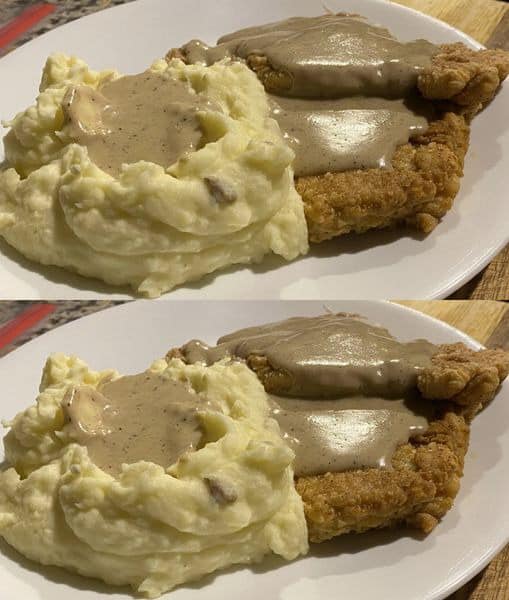🚪 What Was the “Hallway Sink” For?
This wasn’t for brushing teeth or shaving.
It wasn’t for laundry or dishes.
It was a hygiene station—a place to:
Wash your hands after gardening, working, or coming in from outside
Rinse off dirt before entering the main living areas
Give kids a quick clean-up spot without tracking mud upstairs
Think of it as the original mudroom sink.
And because plumbing was expensive and complex, builders kept it simple:
Cold water only (no hot lines needed)
Minimal piping (just a supply and drain line)
Small footprint (fit neatly into tight spaces)
These sinks were often called "washstands" or "hall taps"—and they were common in:
Farmhouses
Victorian homes
Early 20th-century city row houses
Some even had a small shelf underneath for soap or a washcloth.
💡 Why It Looks So Strange Today
We’re used to sinks being in bathrooms.
Out of sight.
Out of mind.
But back then?
Cleanliness happened where people entered.
Imagine:
Coming in from the barn → wash hands in the hall
Returning from a dusty walk → rinse off before the parlor
Kids playing outside → quick scrub before dinner
No need to go upstairs.
No risk of dripping water on rugs.
Just a splash, a wipe, and you’re clean.
Today, we call it “awkward.”
Back then?
It was smart design.
🔍 Fun Facts About Hallway Sinks
🧼 Some were mounted directly on the wall with a porcelain basin and exposed pipes
💧 Many had only cold water —hot water lines were reserved for kitchens and bathrooms
🛠️ They often drained into the same pipe as the basement furnace or boiler (yes, really!)
🎬 You’ve probably seen them in period films —they’re common in old English or American homes
🏡 In servant-era homes, staff might use them to avoid using family bathrooms
And yes—some homeowners still use them today as charming vintage features!
❓ But Wait—Are There Other Weird Sink Theories?
Of course! The internet had fun with this one.
Here are some wild guesses (and why they’re wrong):
"It’s a foot washer!"
Nope—too high and too small. Foot baths were usually outdoors or in bathrooms.
"It’s a spittoon sink!"
Unlikely. Spittoons were bowls, not sinks with drains.
"Plumbing error!"
No—these were planned installations with proper venting and drainage.
"For washing baby bottles?"
Possible, but most families did that in the kitchen.
Nope.
It was just handwashing, old-school style.
❤️ Final Thought: Sometimes “Weird” Is Just Outdated Practicality
That lonely sink in the hall isn’t a mistake.
It’s a relic of a time when homes were built around real life—not Instagram aesthetics.
It reminds us that good design solves problems.
Even if those problems fade with time.
So next time you see one…
👉 Don’t laugh.
Appreciate it.
Because it’s not strange.
It’s history with running water.







